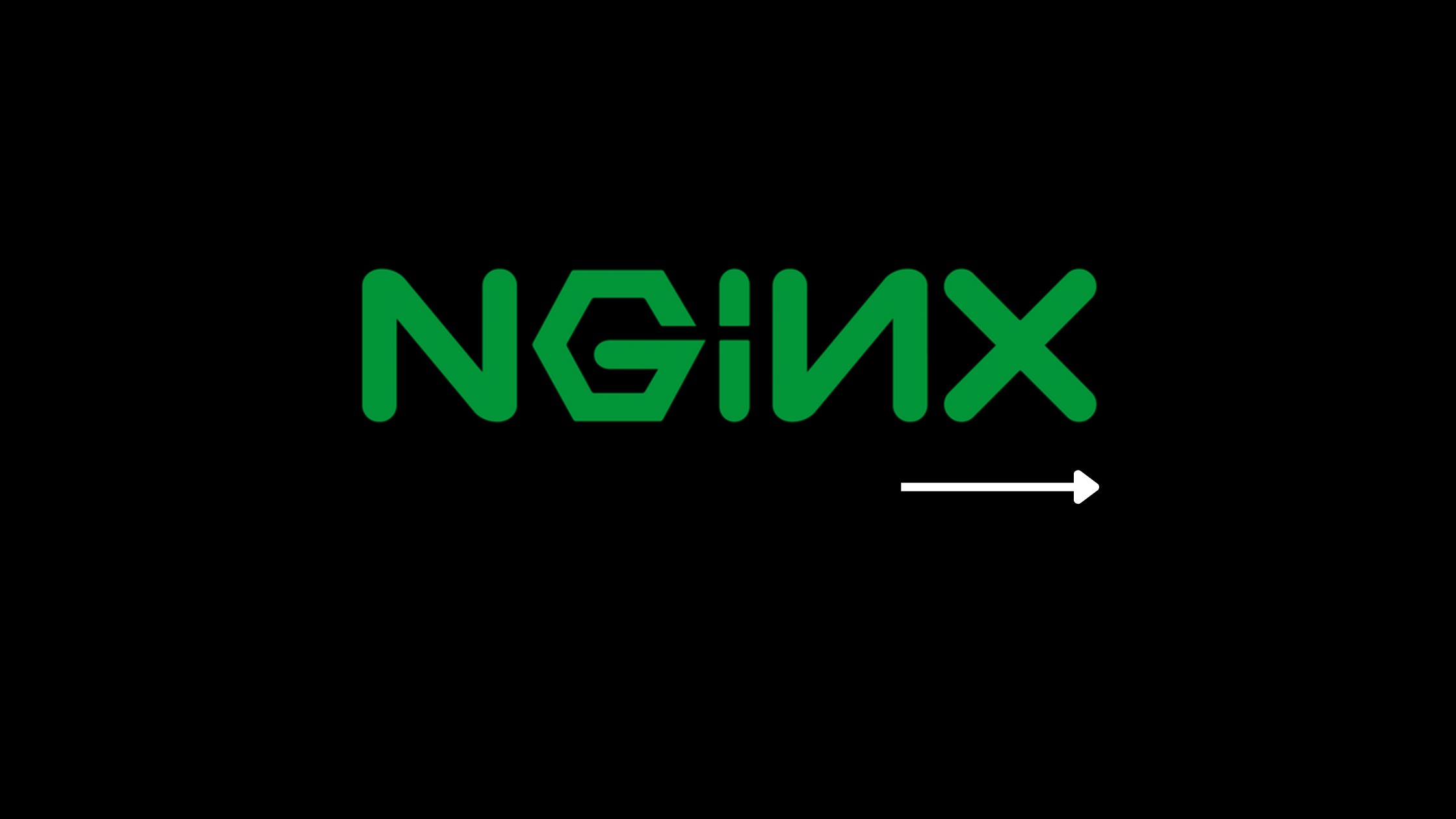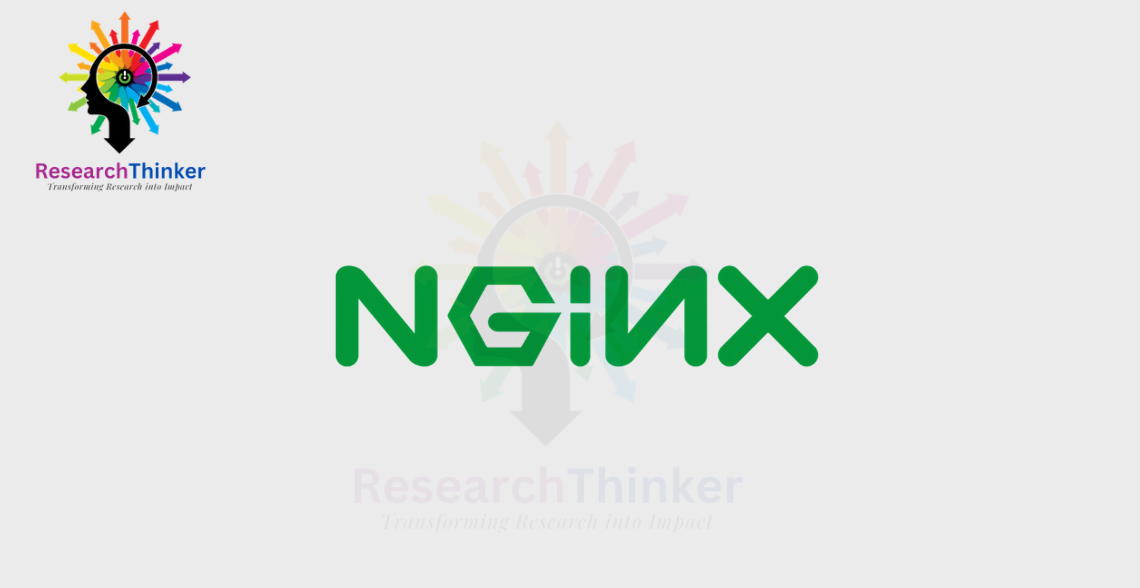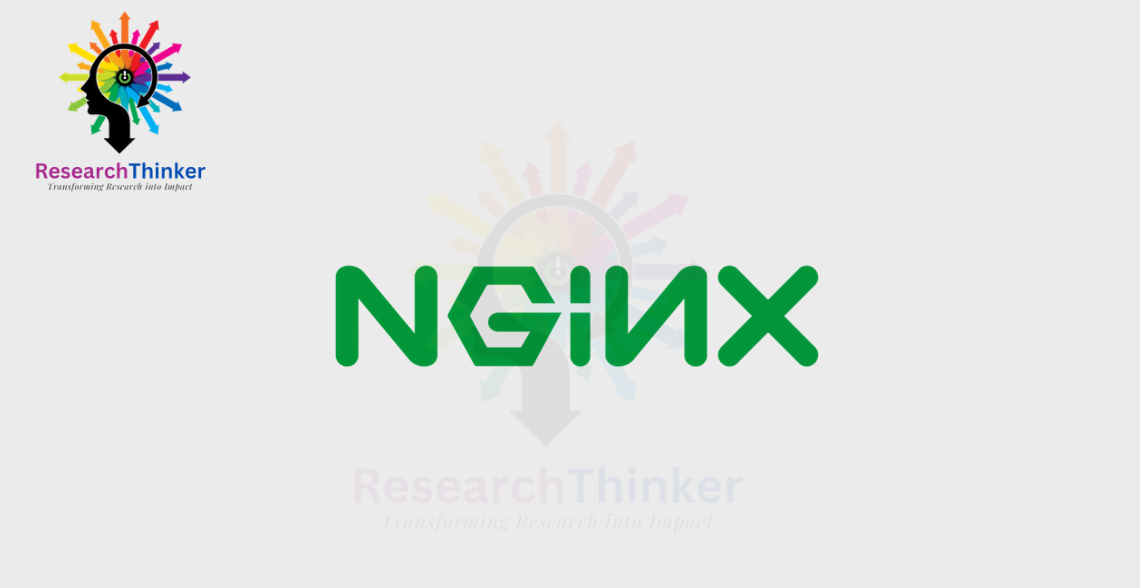Nginx Tutorial
Where to Use NGINX
1. Web Server:
– Primary use as a web server to serve static content and efficiently handle concurrent connections.
2. Reverse Proxy:
– As a reverse proxy, forwarding client requests to backend servers, enhancing security, load balancing, and caching.
3. Load Balancer:
– Distributing incoming traffic across multiple servers to optimize resource usage and ensure high availability.
4. SSL/TLS Termination:
– Efficient handling of SSL/TLS termination, offloading encryption/decryption tasks from backend servers.
5. Caching Server:
– Effective caching of static content, reducing server load and improving overall performance.
6. Microservices Architecture:
– Serving as a reverse proxy for microservices, providing flexibility and scalability in modern application architectures.
7. API Gateway:
– Managing and securing communication between client applications and backend APIs.
8. WebSockets Support:
– Enabling real-time, bidirectional communication for interactive and dynamic web applications.
9. Content Delivery Network (CDN):
– Accelerating content delivery by caching and distributing content across multiple servers globally.
10. High Traffic Websites:
– Ideal for high-traffic websites due to its efficiency and ability to handle a large number of simultaneous connections.
How to Use NGINX
1. Installation:
– Install NGINX on your server using the package manager of your operating system.
2. Configuration:
– Adjust the NGINX configuration file (`nginx.conf`) to define server blocks, proxy settings, and other parameters.
3. Server Blocks:
– Define server blocks for each domain or application hosted on the server.
4. Proxy Pass:
– Use the `proxy_pass` directive to set up reverse proxy configurations to forward requests to backend servers.
5. Load Balancing:
– Configure load balancing using the `upstream` directive to distribute traffic among multiple servers.
6. SSL/TLS Configuration:
– Set up SSL/TLS certificates for secure communication, enhancing the security of data in transit.
7. Caching:
– Implement caching configurations to optimize performance by storing and serving frequently requested content.
8. WebSockets Configuration:
– Enable WebSockets support by configuring the appropriate settings for real-time communication.
9. Logging and Monitoring:
– Utilize NGINX’s logging capabilities and integrate monitoring tools for performance analysis.
10. Security Features:
– Implement security features like rate limiting, access controls, and request filtering to protect against common web vulnerabilities.
NGINX Benefits
1. High Performance:
– Efficient handling of concurrent connections results in high performance.
2. Low Resource Usage:
– Has a low memory footprint, making it resource-efficient.
3. Scalability:
– Easily scales to handle a large number of concurrent connections.
4. Versatility:
– Can be used as a web server, reverse proxy, load balancer, and more.
5. Security Features:
– Implements security features to protect against common web vulnerabilities.
6. Ease of Configuration:
– Configuration syntax is considered simple and easy to understand.
7. SSL/TLS Termination:
– Efficiently handles SSL/TLS termination, enhancing security.
8. WebSockets Support:
– Supports WebSockets, enabling real-time communication.
9. Caching Mechanisms:
– Provides caching to improve performance by serving cached content.
10. Community Support:
– Strong and active community, providing support and a wealth of extensions.
11. Reverse Proxy for Microservices:
– Serves as an efficient reverse proxy for microservices architectures.
12. Load Balancing:
– Effective load balancing for distributing traffic across multiple servers.
In summary, NGINX is a versatile, high-performance web server and reverse proxy that offers scalability, security features, and ease of configuration, making it suitable for a wide range of use cases in modern web infrastructure.





